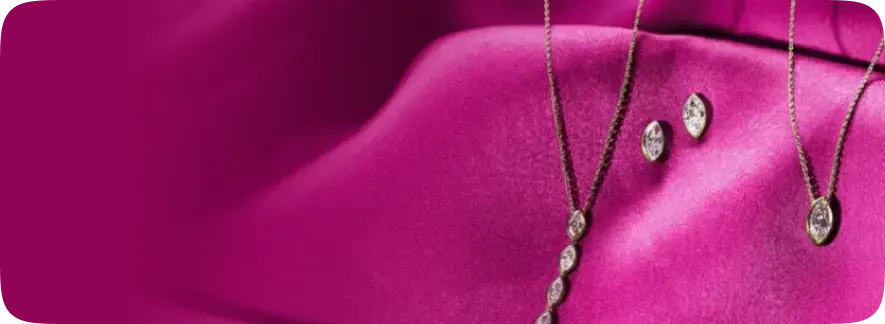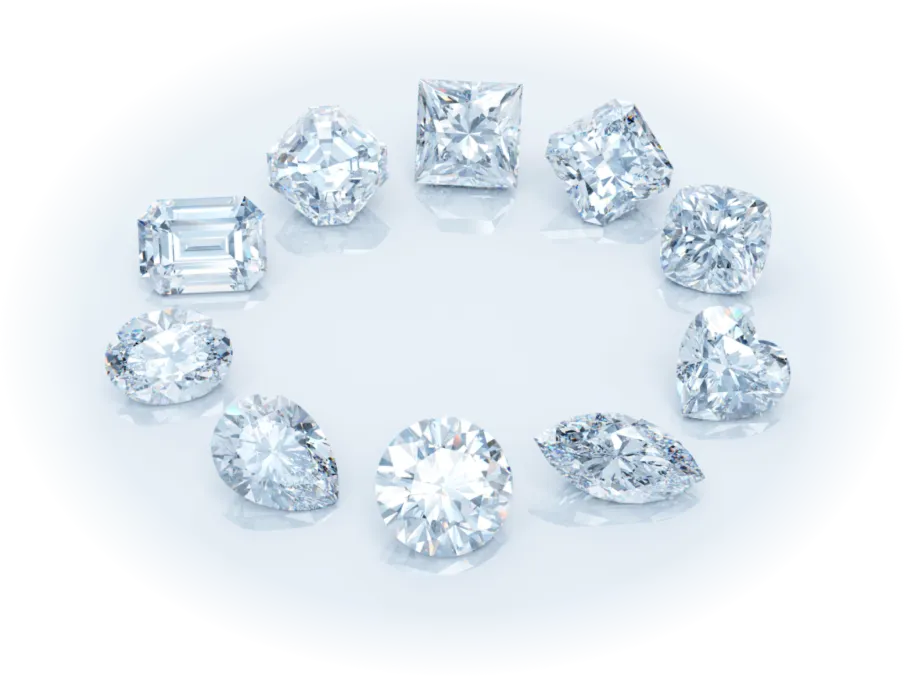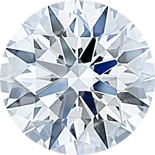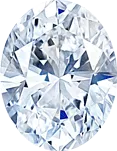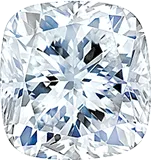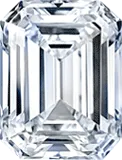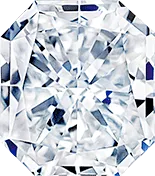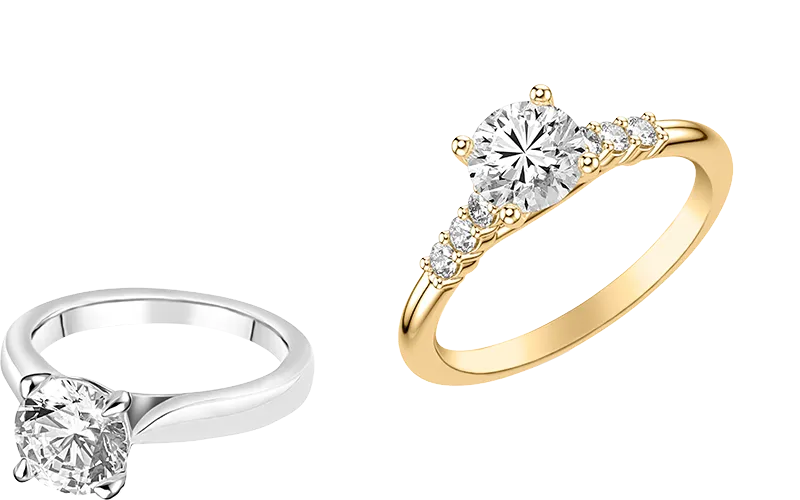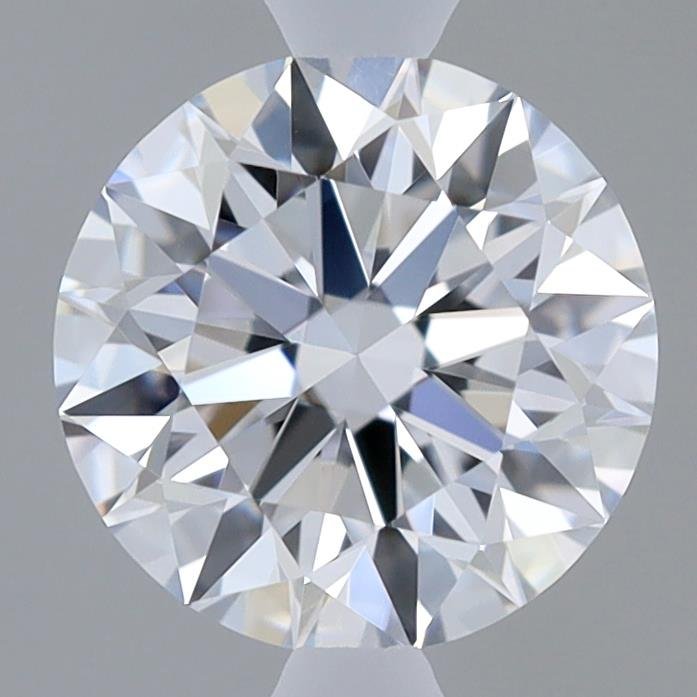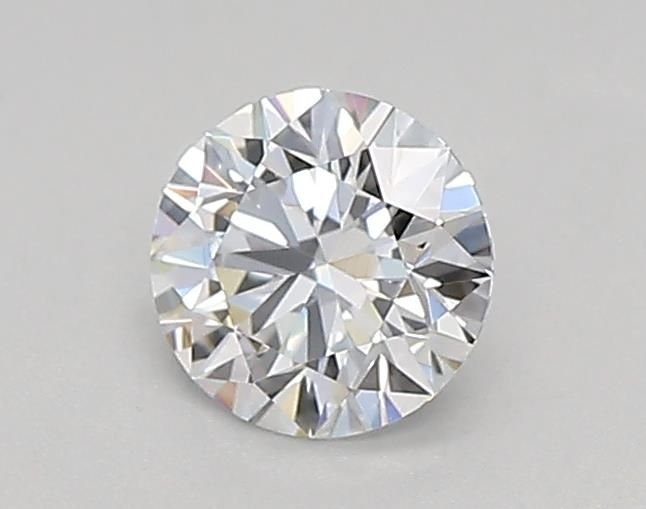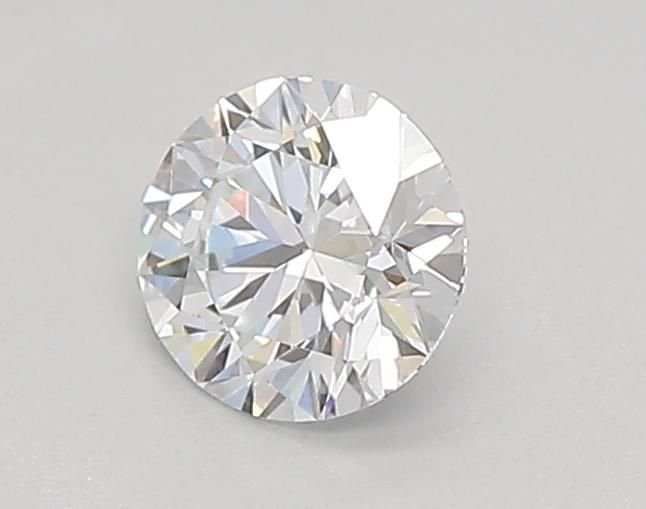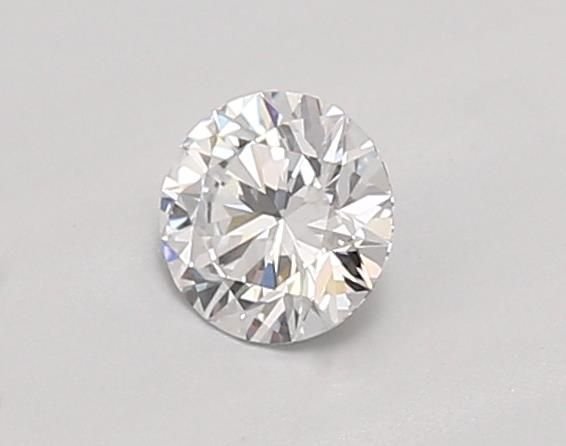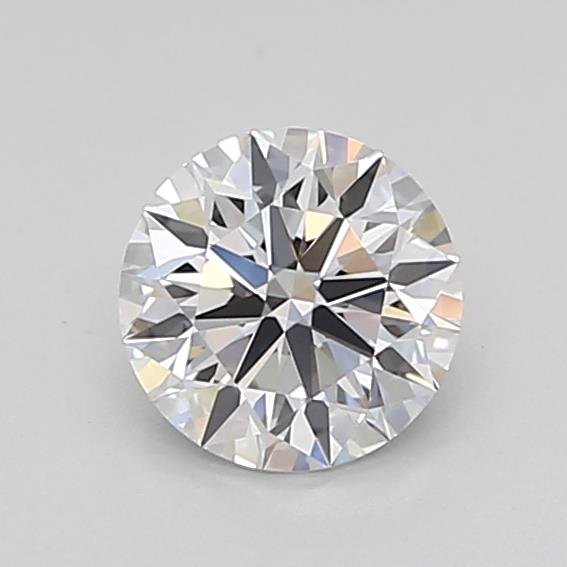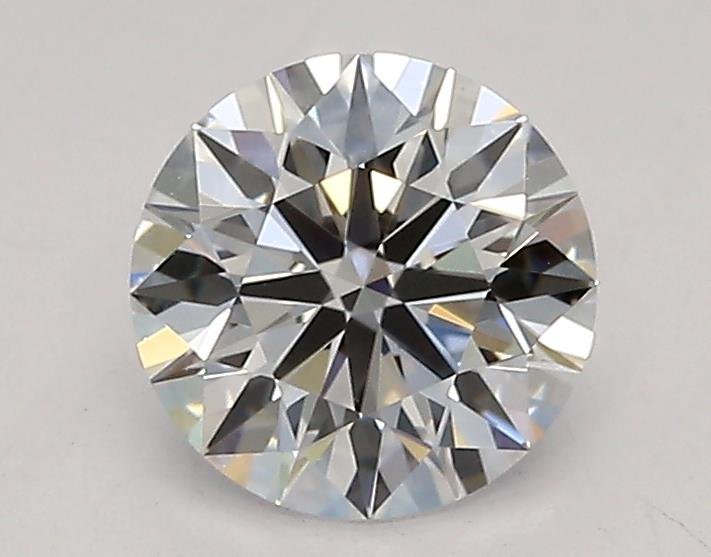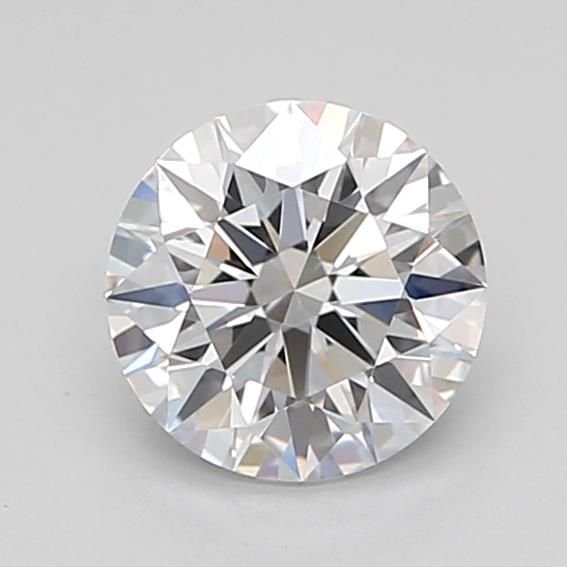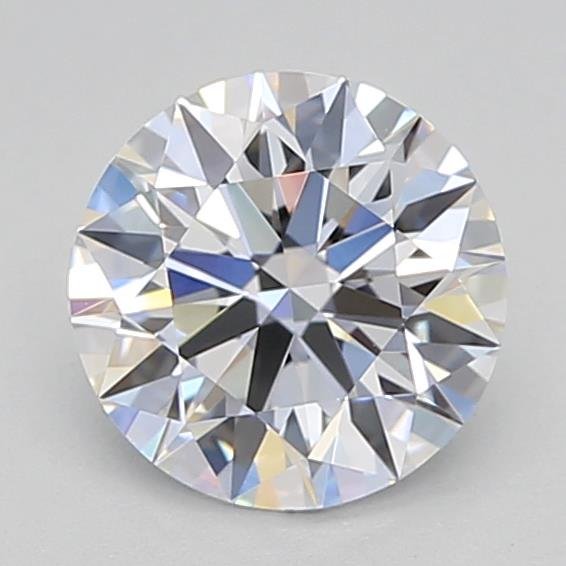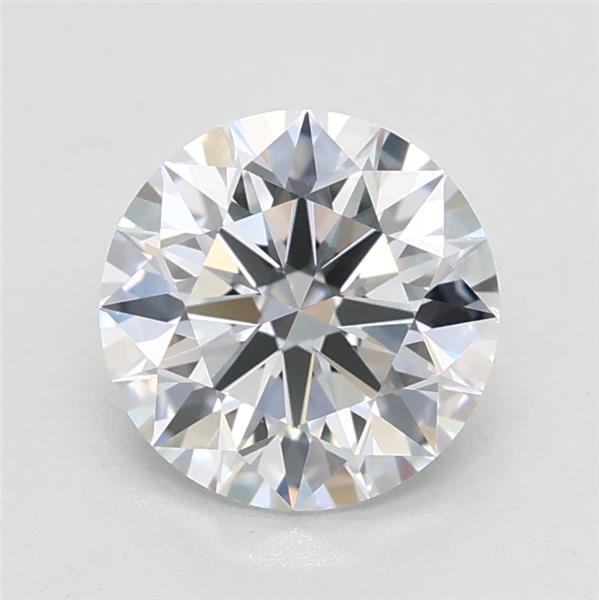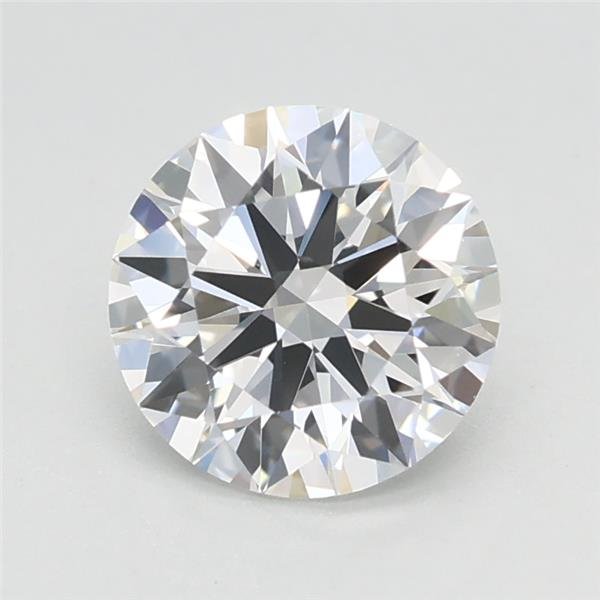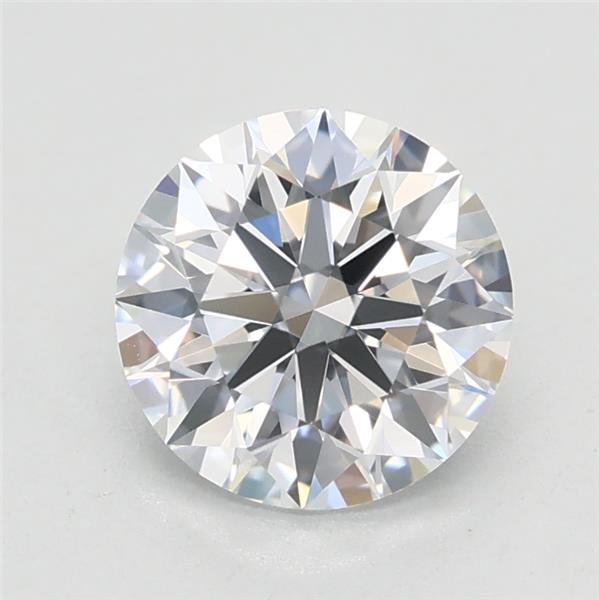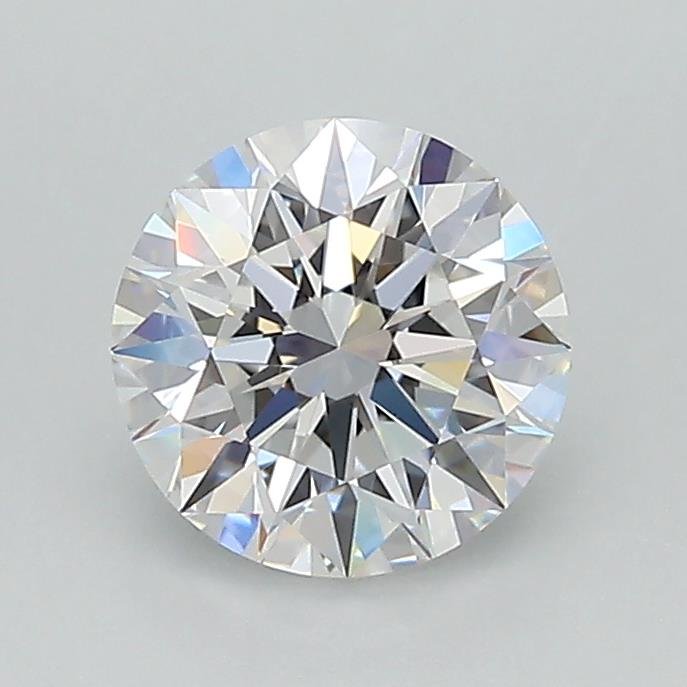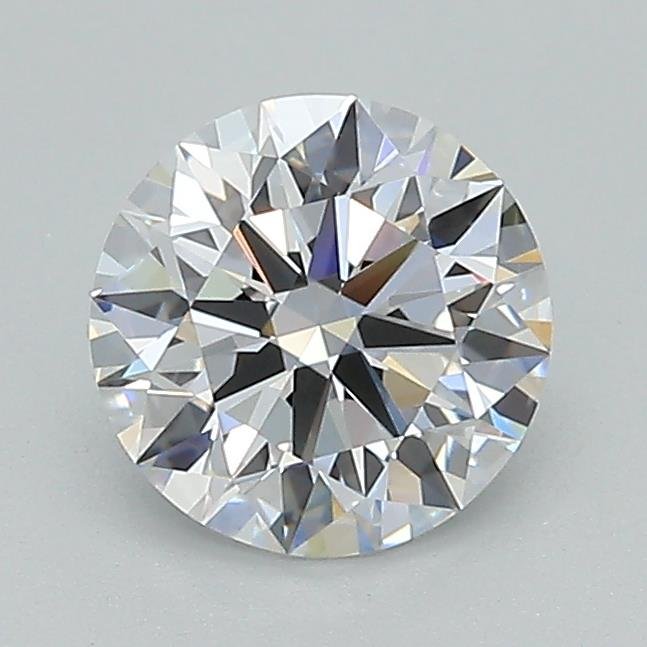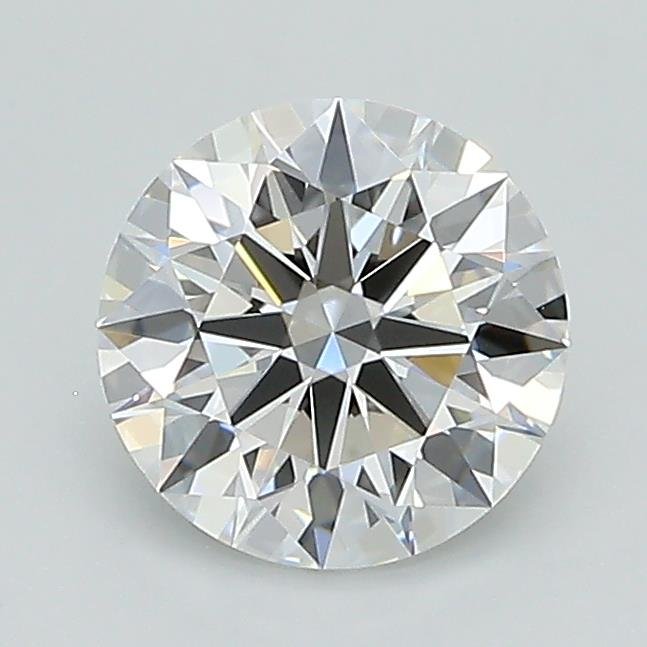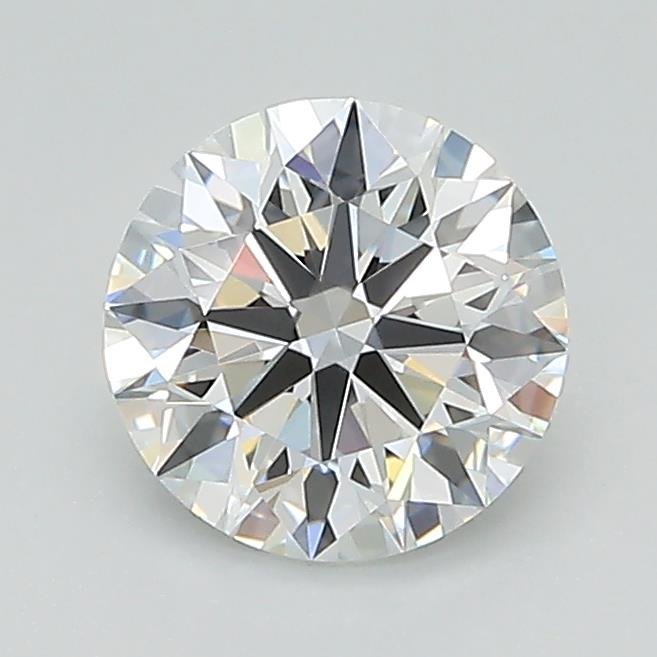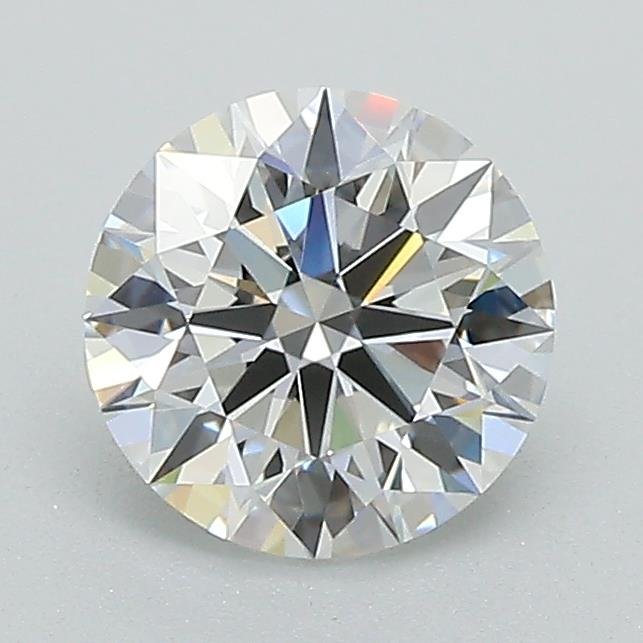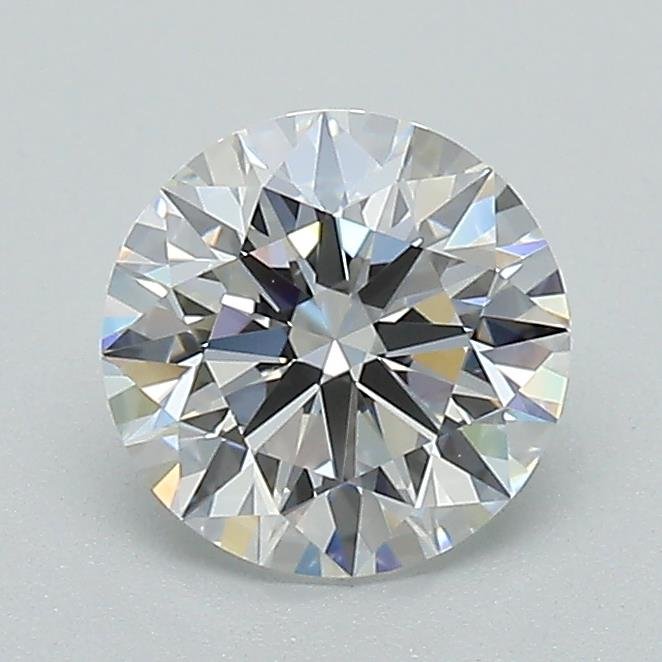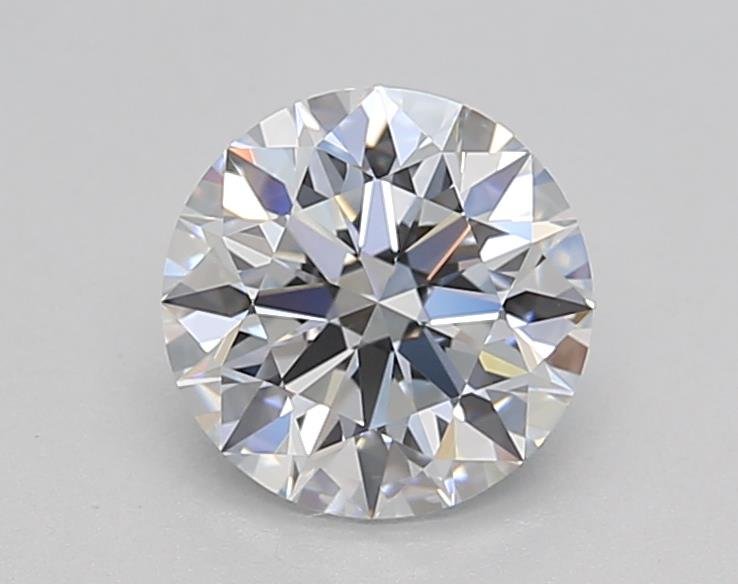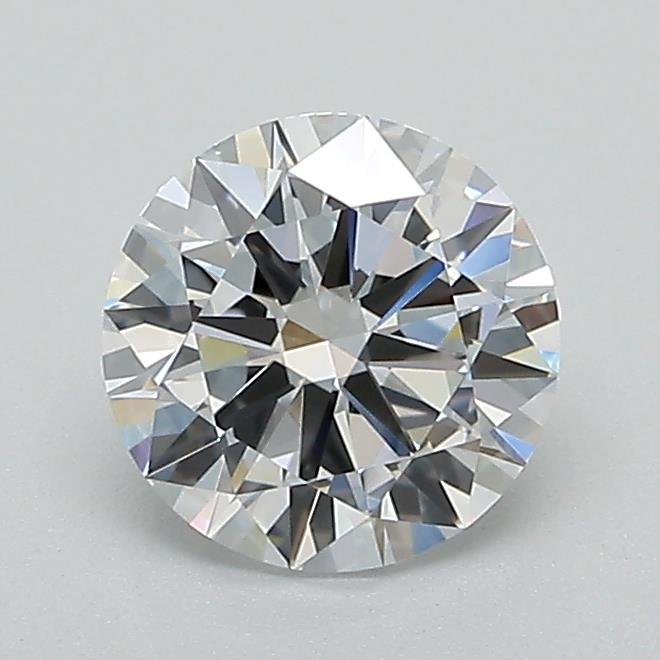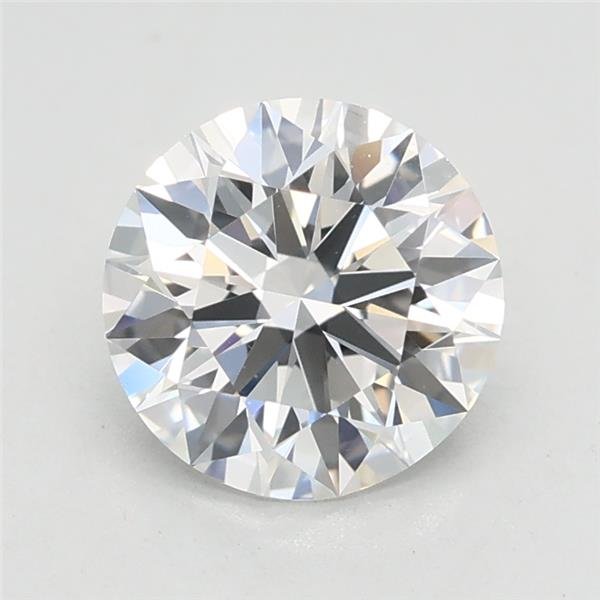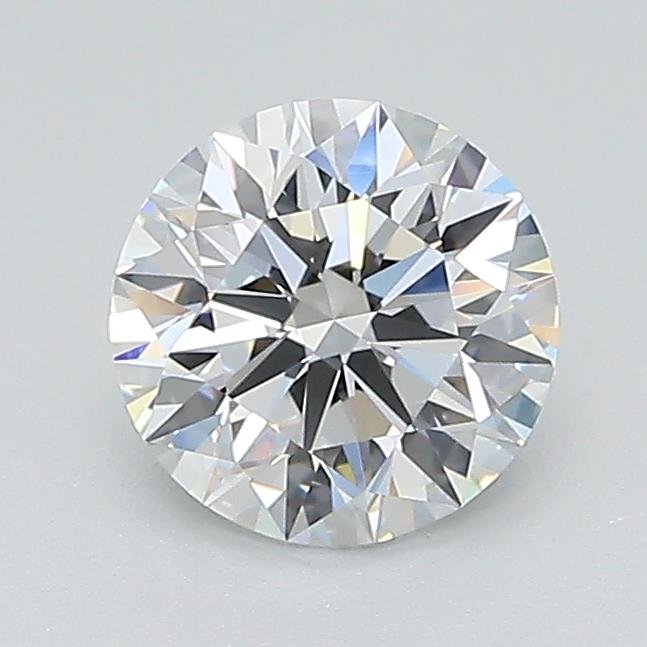Lab Grown Diamonds FAQs
Lab-grown diamonds are not imitations or simulants. They are real diamonds, and they have the same physical, chemical, and optical properties as mined diamonds - the only difference being their origin.
Natural diamonds are grown in the earth for several millions or even billions of years, whereas lab created diamonds are grown in a machine for a few weeks to months depending on the size.
Because it’s the same material, it’s typically hard even for a trained gemologist or jeweler to tell the difference between a lab grown diamond and a natural one.
Currently, there are two ways lab grown diamonds are created - the HPHT (high pressure high temperature) and CVD (chemical vapor deposition) methods.
The HPHT process closely mimics the conditions that diamonds need to form naturally, but they do it much quicker.
CVD diamonds grow from an HPHT grown diamond seed crystal. Carbon rains down from a plasma cloud and deposits onto the seed crystal, growing diamond in layers.
Both processes produce the same quality lab diamonds. However, the CVD process is becoming more common in the industry because it’s slightly more cost-effective.
On Rare Carat, our wholesalers list both HPHT and CVD diamonds.
Not all of them, lab grown diamonds can have inclusions just like natural diamonds. They are graded on the same clarity scale as natural diamonds. Grades ranging from Flawless to SI2 are available on Rare Carat. Check out our great deals on our search page.
Sometimes CVD-grown lab diamonds come out of the machine with a slight brownish tint so they are treated for color post-growth. This is a stable process and will not affect the diamond in any way over time. It can still be put in an ultrasonic machine to be professionally cleaned and take heat from a jeweler's torch. This is just an added step in the growing process for some diamonds in order to attain a higher color grade with less of a brownish tint. Our lab-grown diamond article has a detailed section about post growth treatment for more information.
A lab-grown diamond is a real diamond, just created in a machine rather than the earth. It has the same chemical, physical and optical properties and is composed of carbon. Moissanite is a diamond simulant. This means it looks like a diamond, but that’s where the similarities end. Moissanite has a completely different chemical makeup. It is more affordable than diamond, and is popular for cocktail rings. One quick way to tell the difference between a diamond (lab or natural) and moissanite is to check for doubling in the facets. Diamond is singly refractive and will only show 1 set of facet junctions when looking at the diamond through the bezel facets while moissanite is doubly refractive and will show 2 sets of facet junctions. (Magnification and training is required for this.)
Lab-grown diamonds are a great alternative to natural diamonds, especially if you are looking for a larger stone within your budget, since they usually have a lower price point. Resale value can vary over time just like any other natural or lab-created gemstone. Since lab grown diamonds are a newer product on the market, there is more uncertainty on future pricing when compared to natural diamonds.
Man-made diamond, lab-created diamond, synthetic diamond, manufactured diamond, laboratory grown diamond, LGD
No, Rare Carat is no longer simply a price aggregator! Rare Carat now takes orders and fulfills them in-house. The company became a full-fledged retailer in 2021. Originally known as "Kayak for diamonds", Rare Carat pivoted to cover more of the value chain. The company made this pivot during the covid-19 pandemic, to fully protect customers financially and to ensure exceptional customer service.
Since 2021, Rare Carat has operated on a "managed marketplace" model: while it still has a network of vetted diamond wholesalers behind the scenes, it verifies all the diamonds in-house, sets the diamond in the jewelry, and ships it to customers with Rare Carat branded packaging and jewelry boxes.
The one thing that has not changed in Rare Carat's mission, however, is the relentless focus on giving unbiased diamond advice to customers and ensuring they get the most for their money.

